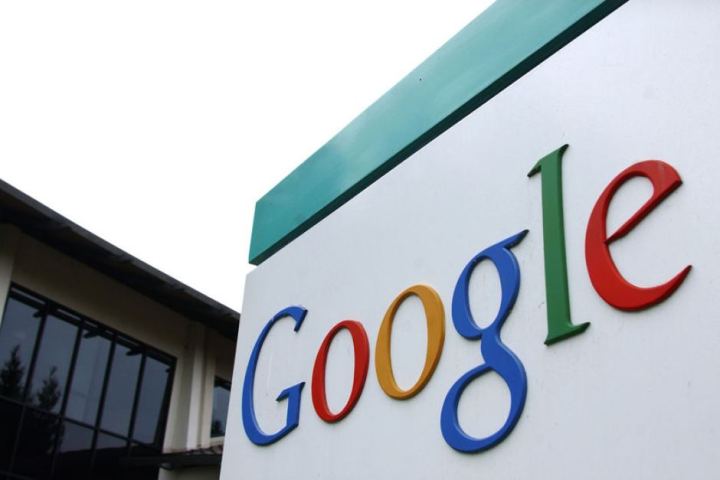
Life Sciences’ new wearable, a sensor-laden continuous glucose monitor no larger than a bandage, is intended to supplant the painful pinprick tests that most type 1 and 2 diabetics regularly undergo. It’s inexpensive and disposable, reliable enough to measure sugar “in real time,” and will tap “advanced data analytic platforms” for contextualized reports.
The goal, said Life Sciences head Andrew Conrad in a statement, is to provide users with “actionable information” about how to control their diabetes. “We’re committed to developing new technologies that will help move health care from reactive to proactive,” Conrad said. “This collaboration is another step towards expanding monitoring options and making it easier for people with diabetes to proactively manage their health.”
Life Sciences won’t be fabricating the wearable itself — it’s delegated the responsibility to glucose monitor DexCom to build the sensors — but will handle miniaturization. MobiHealthNews reports that DexCom will sell the monitors exclusively as part of a multi-year partnership, but it’s coughing up serious dough for that privilege — $35 million in stock up front and $65 million in cash or stock after the device reaches certain research milestones. Plus, Life Sciences will collect royalties of between 5 and 9 percent once the first-generation monitor launches (DexCom projects that’ll be in two to three years).
“Five plus years from now […] you get to the point where you overcome basically all of the objections that a patient would have to wearing the device — it talks to your phone, it doesn’t have to be calibrated, you don’t take fingersticks anymore,” DexCom EVP of Strategy and Product Development Steve Pacelli told investors during an earnings call. “There really isn’t a reason you couldn’t get very significant [adoption].”
The glucose wearable may only be the second Life Sciences project to reach commercialization — the division signed an agreement with Novartis last year to manufacture glucose-detecting contact lenses — but the skunkworks team’s other more ambitious creations are progressing surely, if slowly. A patent applied for in March showed a wristband that, when used with a pill containing magnetic nano-particles, can detect cancer. And in partnership with Duke and Stanford University, Life Sciences is analyzing data collected from thousands of people in an attempt to construct a model of the “perfect healthy human.”


